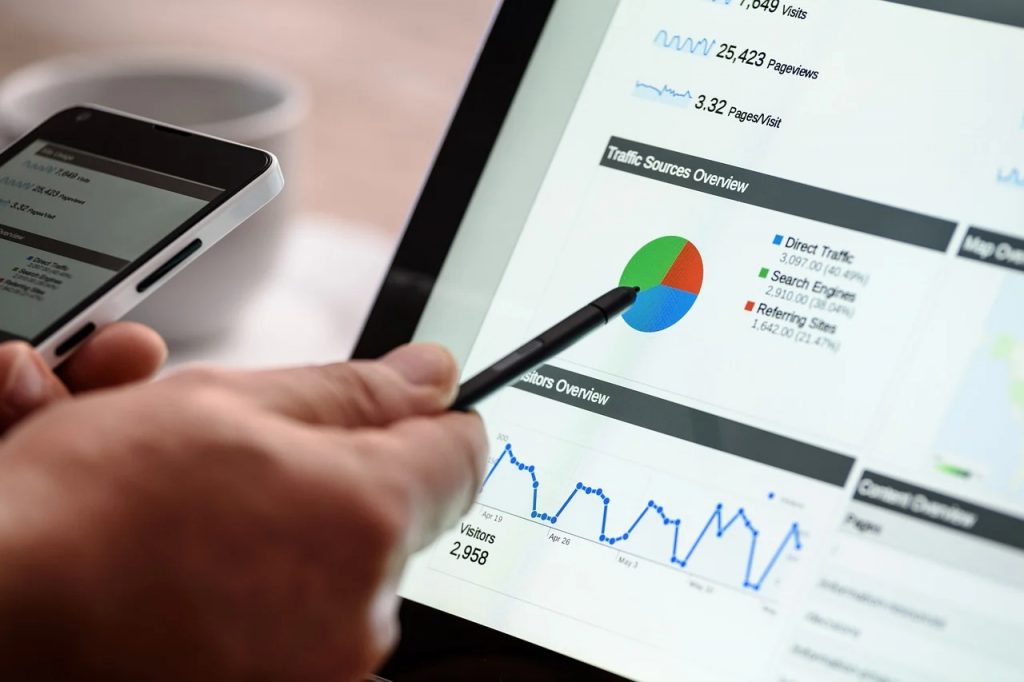Citizens Losing All Faith In the Federal Reserve?
With continued rate hikes coupled with inflation still running rampant, some folks are beginning to lose faith in the Federal Reserve's ability to stabilize the economy.
This article is more than 2 years old
The Federal Reserve has played a crucial role in handling inflation this year. The central bank enforced high interest rate hikes in early 2022 as inflation rose, hoping to stabilize the rapid growth. Though the inflation rate hasn’t hit another record-breaking peak since June, citizens are concerned about how pricey necessities like gas, food, and transportation are currently.
This Wednesday, the Federal Reserve will impose another interest rate increase of three-quarters of a percentage point, pushing the 3% marker to 3.25%. Investors still expect an even more significant hike in the future, acknowledging that there’s more room for the central bank to push their interest rate pursuits. The latest policy announcement marks the fourth time the Federal Reserve will impose hikes this year to counteract the climbing inflation rates.
Investors see an 18% probability that interest rates will increase to a whole percentage point this year. Many experts believe that the central bank is too concerned with stabilizing inflation rates and aren’t thinking about the business ramifications of astronomical hikes. Still, inflation is too high for average families in America, hitting an 8.3% rate in early August 2022.
Some believe the Federal Reserve should wait before imposing new interest rate increases. The policy changes take time to work through America’s financial system, meaning there’s a significant lag before an interest rate hike affects current inflation figures. If the central bank isn’t cautious with its hikes and their frequency, the increases could catalyze an economic recession, which Americans are already worried about its inevitability.

Analysts, experts, and average citizens are wondering if the Federal Reserve is actually capable of stagnating this unfortunate inflation epidemic. People’s faith in the central bank was rocked after Federal Reserve chairman Jerome Powell stated that this economic situation was “transitory,” implying that it’ll fade away eventually. Many criticized Powell’s nonchalant words, noting that average citizens are crushing under the weight of their financial expenses and are relying on the government to mitigate them.
There is some good news regarding the Federal Reserve’s tactics. For one, the bond market expectations for long-term inflation have dropped over the last month, signaling investors’ growing faith in the central bank. Secondly, the five-year breakeven rate went down to 2.48% from 3.59% in March, meeting the Fed’s target more closely.
While inflation has been hindering the US economy, an unlikely outcome has occurred for the US dollar. American money recently overtook the value of other comparable nations, marking a 20-year high for the currency. The euro, which has been worth more than the US dollar for two decades, is now slightly less valuable, with a conversion rate of 1 US dollar to 1.01 euro.
Though the Federal Reserve’s interest rate hikes have curtailed inflation rates to some degree, there are other external factors that could destabilize the Fed’s extensive efforts. Many investors are worried about Russia’s continual war in Ukraine as a leading factor for inflation issues worldwide. Oil prices have significantly jumped since the invasion’s beginnings in March 2022, now costing $93 per barrel.



